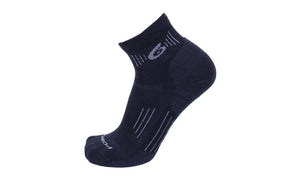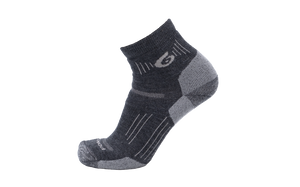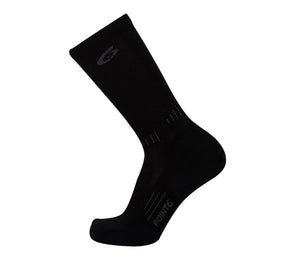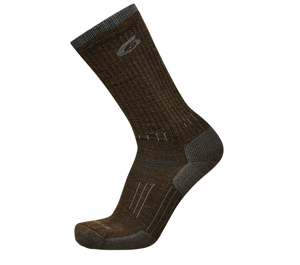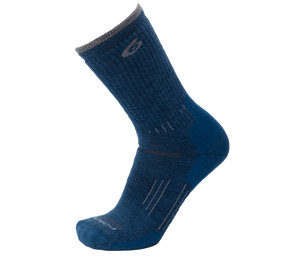
By: Dave Wittlinger
With snow falling in most of the country and a familiar winter chill in the air, some might think that biking season must get paused during the colder months of the year. However, the popularity of winter fat biking has firmly taken root and manufacturers have been cranking up production to keep in line with the demand.
If you’ve considered getting into the sport as a means to either build your pedaling prowess or simply enjoy an alternative to skiing or snowshoeing, you’re first question might be where to start. Here are a few beginner tips for getting your fat biking skills in check so you can fully enjoy your two-wheeled winter fun.
Tip 1: It’s All About Air Pressure
If you ride bikes in the summer, you’re probably used to running close to 100 PSI pressure in your road tires and closer to 25 PSI in your mountain bike treads. But with winter fat biking, you’re best to consider running anywhere from 5-15 PSI max. Yep… that low. Slicker surfaces and deep snow can be tough terrain to find proper traction. So running lower tire pressure allows those fatties to “squish” more deeply into the trail and increases their overall surface area. More contact with the frozen ground below means better tire grip and more power transfer from your legs to the bike.
Tip 2: Stay Seated
Another way that many beginners (some experts too) lose traction and grip on the snow is by standing up on their pedals to climb. Whereas you might be able to get away with this in the summer when the singletrack is firm below the rubber, in the winter months this is another area where you can lose serious traction. The more weight you can keep on the back tire of your bike when climbing the more you’ll prevent your tire from slipping out. There’s nothing more frustrating than putting downward pressure on your pedal stroke only to have your back tire kick out from under you and to feel your momentum get completely zapped. Keep your sit bones firmly planted on your seat when climbing to maximize the amount of grip you get on the uphill.
Tip 3: Take Care of Your Hands
It may go without saying but riding bikes in the wintertime gets cold. Especially on your front-facing extremities such as forearms and hands. When you first set out to tackle snowy routes in the crisp air, you may find that your fingers take the brunt of the icy chill. The best advice is to wear glove liners under your mitts; something you can always remove later if you begin to heat up. But once your digits get cold it’s extremely difficult to get them warm again without completely stopping. If you live in an excessively cold climate, you might also consider investing in some form of handlebar covers. These will keep any direct wind off your hands and insulate your fingers from the wintry weather.
Tip 4: Keep a Consistent Cadence
As touched on above, excessive downward pressure on pedals can lead to rear tire slippage. So, when you’re fat biking on snow it becomes increasingly important to try and avoid erratic changes in pedal stroke. Of course, more power is needed on the uphill portion of the trail but try to limit your urge to simply jam down on your pedals. Keeping your cadence as consistent as possible will help your tires remain in good contact with the snow and your fat bike moving in the forward direction. While you may be used to ripping up switchbacks in the summer months, winter fat biking is more about your overall pace. While you may feel like a snail at first, slow and steady ultimately wins the day.
Tip 5: Layer Up
Similar to backcountry skiing and other sports that require both uphill and downhill efforts, winter fat biking will most likely create a wide variance within your core body temperature. Beginners often make the mistake of bundling up with the most extravagant insulated garments. But what many fail to recognize is that once their heart rate becomes elevated and their effort increases, their body is just as likely to perspire as it would in the heat of July. So be sure to plot your outfit accordingly and have a plan for when you need to strip off a layer or two. But don’t be fooled; as soon as you turn to head back down the hill, you’re going to want to zip up that outer shell once again. Cruising downhill with any amount of velocity will cool you quickly, and you certainly don’t want those hard-earned droplets of sweat to freeze next to your skin.
Following these beginner tips for winter fat biking should get you started on the right path to enjoying your experience atop oversized tires. And one of the best attributes of the sport is that the trails are far less crowded in winter than they are come Summer!



